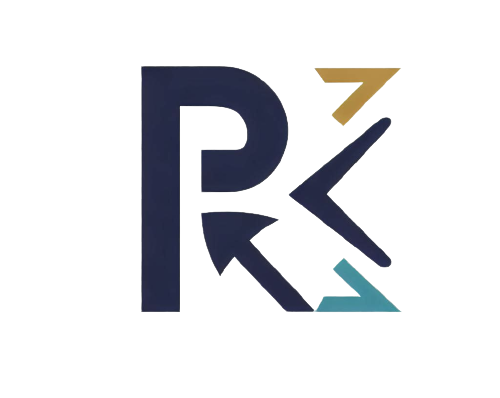
In the area of web development and online content delivery, speed and efficiency are paramount. Users demand quick access to web pages and resources, while website owners strive to reduce bandwidth usage and server load. HTTP 304 Not Modified status code plays a pivotal role in achieving this delicate balance.
HTTP, or Hypertext Transfer Protocol, serves as the foundation for data communication on the World Wide Web. When you access a webpage or resource, your browser communicates with a web server using HTTP to request and receive data. One common issue in web communication is the redundant transfer of data that hasn’t changed since your last visit.
When you visit a web page for the first time, your browser fetches all the necessary resources (HTML, CSS, JavaScript, images, etc.) from the web server. These resources are stored locally in your browser’s cache to expedite future visits. The web server needs a way to inform your browser that these resources remain unchanged since your last visit, preventing the unnecessary transfer of data. This is precisely what the HTTP 304 Not Modified status code accomplishes.
When your browser makes a request for a resource, it includes an “If-Modified-Since” header, indicating the timestamp of when it last cached the resource. The web server then compares this timestamp to the resource’s last modification date. If the resource remains unaltered, the server responds with an HTTP 304 status code, signaling that the resource has not been modified.
The key advantage here is that the server’s response is much smaller than sending the entire resource, conserving bandwidth and reducing server load. Your browser, upon receiving the HTTP 304 response, simply retrieves the cached copy of the resource, resulting in a faster page load.
Improving Website Performance
The implementation of HTTP 304 Not Modified allows web pages to load significantly faster. When a user revisits a website, their browser retrieves resources from its local cache instead of requesting them anew from the server. Since these resources are already stored on the user’s device, they load almost instantaneously, providing a seamless and speedy user experience.
Caching and the effective use of HTTP 304 reduce the amount of data transmitted between the server and the client. This conservation of bandwidth benefits both the website owner and the users. For website owners, it results in lower hosting costs as less data is being transferred. Users also benefit from this reduction in bandwidth consumption, especially in scenarios where they have limited or expensive internet connections.
HTTP 304 Not Modified status code significantly reduces the number of resource requests that reach the web server. Since the server only needs to respond with a small header indicating that a resource has not been modified, it expends fewer resources and handles fewer requests. This reduction in server load allows websites and web applications to accommodate a larger number of concurrent users without experiencing performance degradation. As a result, websites remain responsive even during periods of high traffic, enhancing the overall user experience.
Search engines take into account various factors when ranking websites, and page load times are one of them. Websites that load quickly tend to rank higher in search engine results pages (SERPs). By implementing HTTP 304 effectively, website owners can positively impact their site’s search engine optimization (SEO).
Implementing HTTP 304 Not Modified
Implementing HTTP 304 Not Modified effectively within a web application is essential to reap the full benefits of this status code. Configuring your web server to send appropriate cache headers, such as “Last-Modified” and “ETag,” is the foundational step in making HTTP 304 work optimally. These headers play a crucial role in informing the client (usually a web browser) about the resource’s state and when it was last modified. By providing this information, the server enables the client to send precise “If-Modified-Since” or “If-None-Match” headers in subsequent requests.
The “Last-Modified” header typically contains a timestamp indicating when the resource was last modified. The “ETag” header, on the other hand, provides a unique identifier for the resource. Both headers help the server and client communicate effectively to determine if a resource has been modified since it was last retrieved.
It’s equally important to ensure that your web application can handle HTTP 304 responses correctly. When the server detects that a resource has not been modified since the client’s last request, it responds with an HTTP 304 status code. Your web application must be equipped to recognize this status code and respond accordingly.
Upon receiving a 304 response, the client (usually a web browser) should know to utilize the locally cached copy of the resource. This process is seamless for the end-user, as they experience faster page loads without any visible interruption. It’s crucial to implement this response handling seamlessly to ensure that the user experience remains smooth and efficient.
Developing a well-thought-out caching strategy is a critical aspect of effectively utilizing HTTP 304 Not Modified. Not all resources on your website need to be cached, and some may have shorter cache lifetimes than others. Your cache strategy should align with the nature of your website’s content and user behavior.
Consider factors such as the frequency of resource updates, the importance of real-time data, and the nature of the user interactions. For static resources that rarely change, longer cache lifetimes can be employed, maximizing the benefits of HTTP 304. Conversely, for dynamic content or resources that change frequently, shorter cache lifetimes or no caching at all may be more appropriate.
You should implement cache purging mechanisms for resources that require immediate updates when they change. This ensures that users always receive the most current information when needed while still benefiting from HTTP 304 caching for non-dynamic resources.
